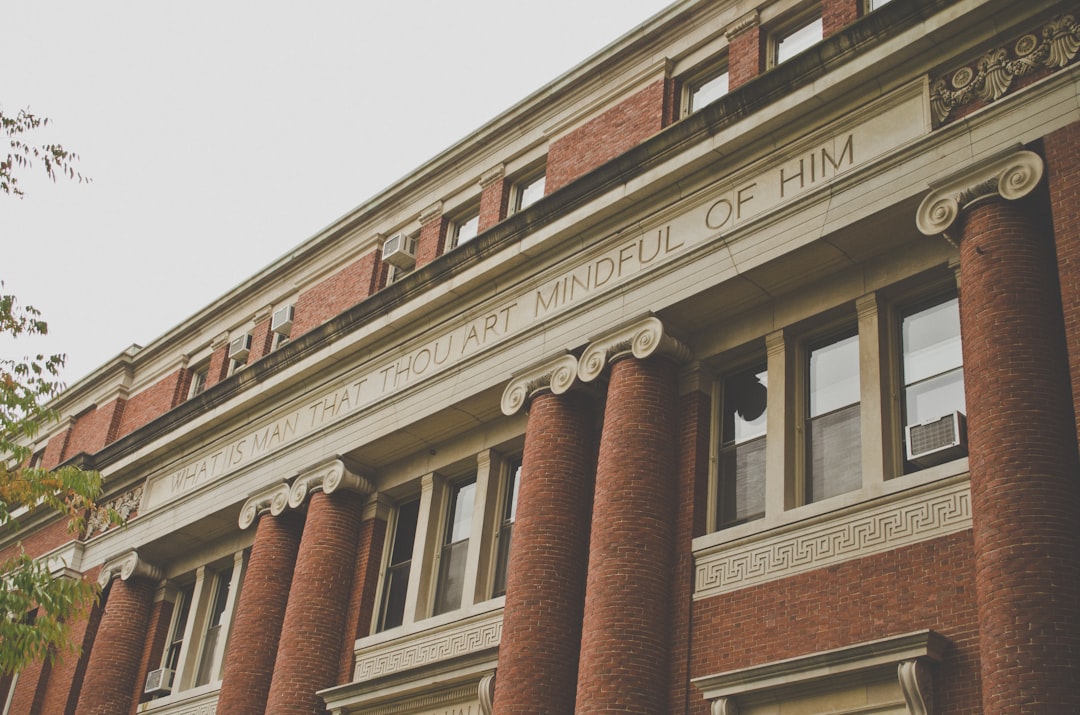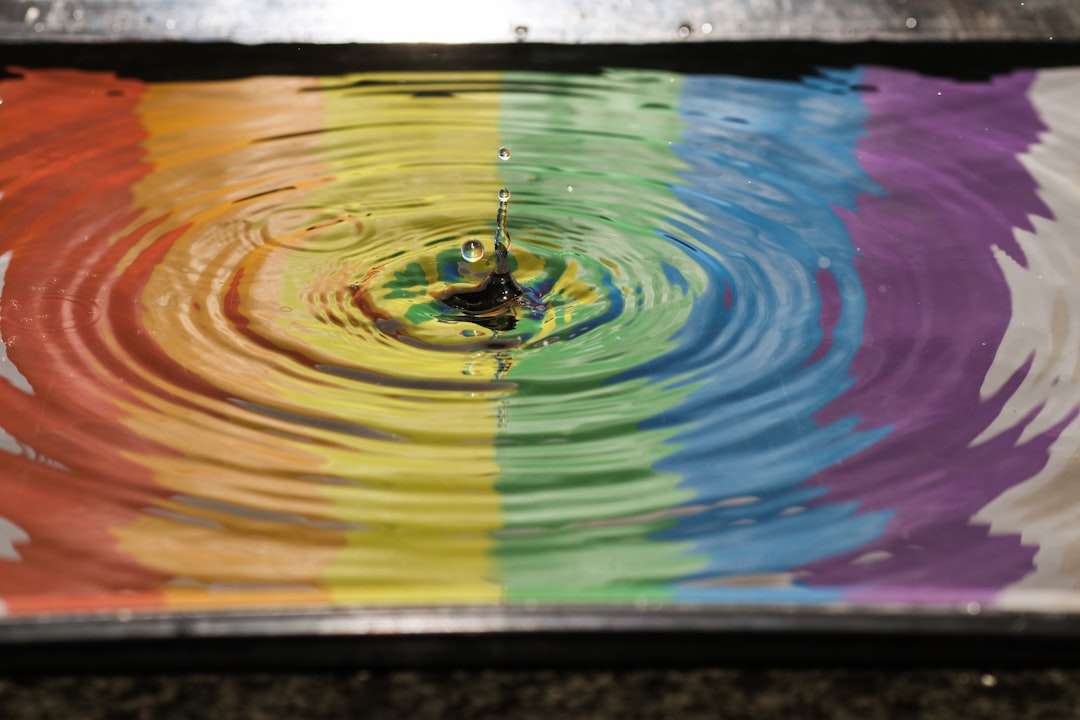What is it about?
The objective of this study is to examine the role of imagination, playfulness, and creativity in healing or coping with trauma. A range of evidence-based trauma-focused treatments use imagination effectively, though often without theoretical references. This article provides an up-to-date, nonsystematic literature review, exploring the presented objective and focusing on the role of imagination in the treatment of posttraumatic stress disorder (PTSD). A computerized literature search, defined inclusion criteria, and synthesis aim to promote understanding in the field. We review brain overlaps pertaining to imagination and PTSD, presenting a hypothesis that the hippocampus and the default mode network play an important role in both. Creativity is presented as a significant predictor of resilience after traumatic exposure. Moreover, we discuss how resilience to and coping with, a traumatic event is enabled by using playfulness. Finally, we discuss the gap between the frequent use of imagination in the treatment of PTSD and the lack of intended understanding of its mechanisms that bring about change. The fantastic reality model is presented as a theoretical and applied concept used in the utilization of imagination and playfulness to support therapeutic change. SEE FAR CBT protocol is presented as a therapeutic integrative approach that combines body and cognition, accommodating imagination and playfulness as sources of recovery. It interweaves imagination as part of the renarration of trauma, allowing wishful/fantastic elements to foster healing and promote resolution.
Featured Image

Photo by Jessica Tan on Unsplash
Why is it important?
This paper is important for promoting the practical applications of using imagination, playfulness, and creativity in the context of mental health and trauma. Our manuscript presents a paradigm for future studies to focus on imagination as the mechanism for change in relation to stress or trauma and in therapy. For us, this is cutting-edge research that should be broadly shared due to its potential implications for imagination research and clinical applications in the field. This should have a broad interest to scientists, practitioners, and the general public.
Perspectives
This is a review paper that examines the role of imagination, playfulness, and creativity in healing or coping with trauma. This manuscript provides an up-to-date literature review on the role of imagination in coping and the treatment of PTSD. We review brain elements pertaining to imagination and PTSD, looking at creativity as a significant predictor of resilience after traumatic exposure. Moreover, we discuss how resilience to and coping with a traumatic event is enabled thanks to playfulness. Finally, we discuss the gap between the frequent use of imagination in therapy and the lack of understanding of the mechanisms that bring about change. The fantastic reality (FR) model is presented as the imaginative-sphere that brings upon therapeutic change, through the SEE FAR CBT protocol, with its emphasis on the role of imagination in healing PTSD.
Dori Rubinstein
The Community Stress Prevention Center, Kiryat Shmona, Israel
Read the Original
This page is a summary of: Fantastic reality: The role of imagination, playfulness, and creativity in healing trauma., Traumatology An International Journal, February 2022, American Psychological Association (APA),
DOI: 10.1037/trm0000376.
You can read the full text:
Contributors
The following have contributed to this page










